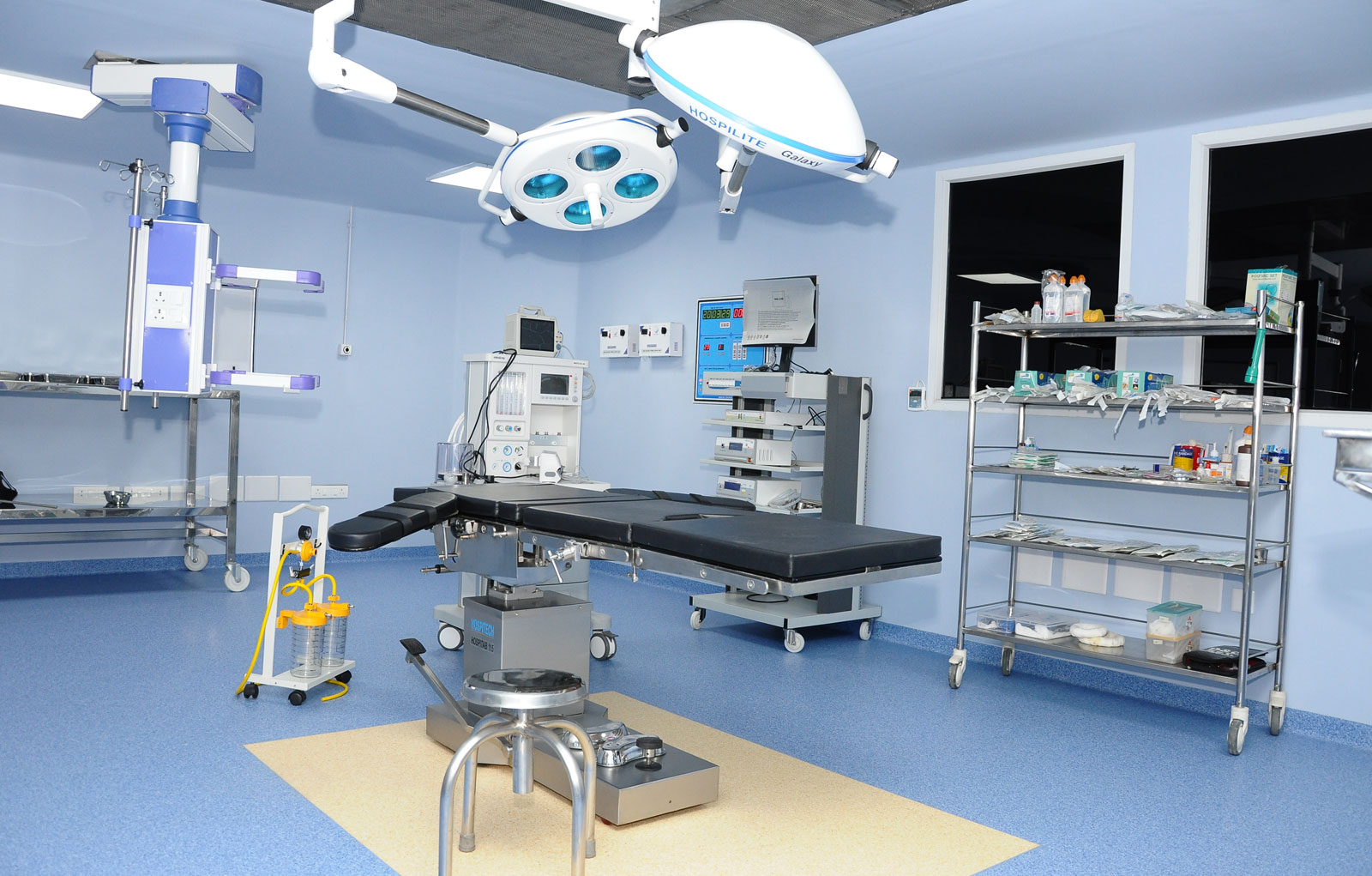How does the hospital’s organisational structure stand up to any of the tenets of an effective organisation? The following differentiates the hospital as an organisation in comparison to other service organisations:
1. Every organisation has a “head”. In every organisation there should be a clear line of authority for every individual. In a hospital, there are a number of important people who consider themselves as heads.
Bringing together highly skilled professionals to work in a bureaucratic organisation has in-built organisational conflict.
ADVERTISEMENTS:
2. The hospital organisation is besieged with absence of single line of authority and with two chains of command. On the one hand, there is the chief executive or medical superintendent.
This authority flows to the matron, housekeeping, accounts, etc. from the top to the bottom (scalar chain). On the other hand, there is the hierarchy of the doctors and consultants.
The smallest gradation of rank and status in the hierarchical character of medical and nursing organisation is notorious.
ADVERTISEMENTS:
3. The hospital organisation is characterised by high interdependence.
Because of the extensive division of labour and accompanying specialisation of work, practically every person working in the hospital depends upon some other person or persons for the achievement of his own organisational goal.
Specialists and professionals can perform their functions only when a considerable array of supportive personnel and auxiliary services are put at their disposal at all times.
For example, a surgeon cannot operate on a heart case unless catheter studies have been completed. Even before that, other investigations have to be available from the respiratory laboratory and biochemistry laboratory.
ADVERTISEMENTS:
4. The timing of the movement of patients through the systems is largely controlled by chance or by a set of uncoordinated, individual decisions.
i. Organisation of universities and research institutions has some semblance to hospital organisations in looseness of formal structure and in the degree of independence by their staff.
In industry, the levels of authority, width of the span of control, ratio of managerial to total staff and indirect to direct labour can easily is determined.
There is extensive division of labour in hospitals, but at the same time great interdependence of special skills. A hospital has been described by an industrialist as a “wildest kind of jobbing shop”.
ii. However, two additional factors characterise hospitals and hospital organisation.
As opposed to other organisations, the individual goals of staff coincide more with hospital goals, and most of the hospital staff will “identify” themselves with hospital goals.
iii. Hospitals organisation is authoritative and permissive, highly formalised yet loose-knit.
The reason is the very special nature of hospital work. The crisis nature of work demands from a number of people- collaborative performances.
Hospitals are extreme cases of an organisation peculiarly dependent for effectiveness on people, although crisis nature of work demands collaborative performance in other industries as well (Technology and Equipment).
iv. To the sick, a hospital is a place where they will receive treatment. To the domestic staff, it is a special kind of hotel with rooms to be cleaned and meals to be prepared.
To all the staff, it is a place of employment, and to the junior doctors and nurses, it is a temporary home. Hospitals may mean different things to different groups of people at different times.
But to the hospital administrator, it is an organisation, a consciously designed arrangement for management of people, services and things for a purpose.
From the organisational point of view, the question to ask “what is a hospital for”, is more meaningful than “what is a hospital”.

